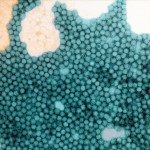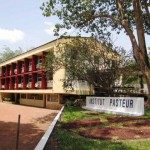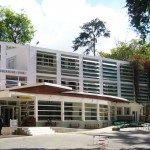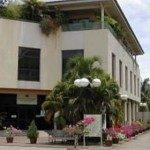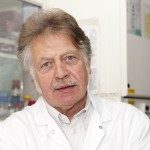Link to Pubmed [PMID] – 37909282
Link to DOI – 10.1099/jgv.0.001911
J Gen Virol 2023 Nov; 104(11):
Enterovirus 71 (EV-A71) is a major public health problem, causing a range of illnesses from hand-foot-and-mouth disease to severe neurological manifestations. EV-A71 strains have been phylogenetically classified into eight genogroups (A to H), based on their capsid-coding genomic region. Genogroups B and C have caused large outbreaks worldwide and represent the two canonical circulating EV-A71 subtypes. Little is known about the antigenic diversity of new genogroups as compared to the canonical ones. Here, we compared the antigenic features of EV-A71 strains that belong to the canonical B and C genogroups and to genogroups E and F, which circulate in Africa. Analysis of the peptide sequences of EV-A71 strains belonging to different genogroups revealed a high level of conservation of the capsid residues involved in known linear and conformational neutralization antigenic sites. Using a published crystal structure of the EV-A71 capsid as a model, we found that most of the residues that are seemingly specific to some genogroups were mapped outside known antigenic sites or external loops. These observations suggest a cross-neutralization activity of anti-genogroup B or C antibodies against strains of genogroups E and F. Neutralization assays were performed with diverse rabbit and mouse anti-EV-A71 sera, anti-EV-A71 human standards and a monoclonal neutralizing antibody. All the batches of antibodies that were tested successfully neutralized all available isolates, indicating an overall broad cross-neutralization between the canonical genogroups B and C and genogroups E and F. A panel constituted of more than 80 individual human serum samples from Cambodia with neutralizing antibodies against EV-A71 subgenogroup C4 showed quite similar cross-neutralization activities between isolates of genogroups C4, E and F. Our results thus indicate that the genetic drift underlying the separation of EV-A71 strains into genogroups A, B, C, E and F does not correlate with the emergence of antigenically distinct variants.


